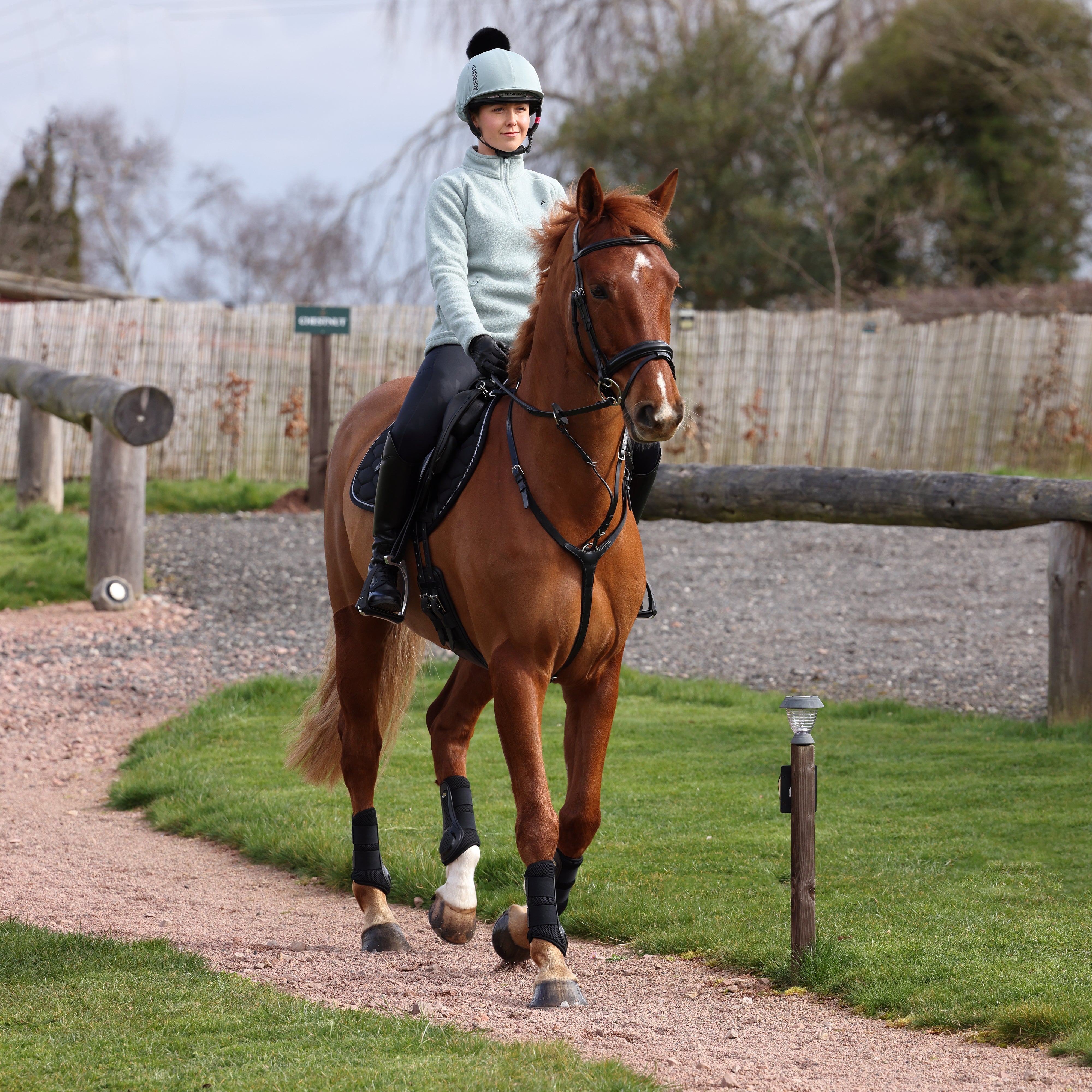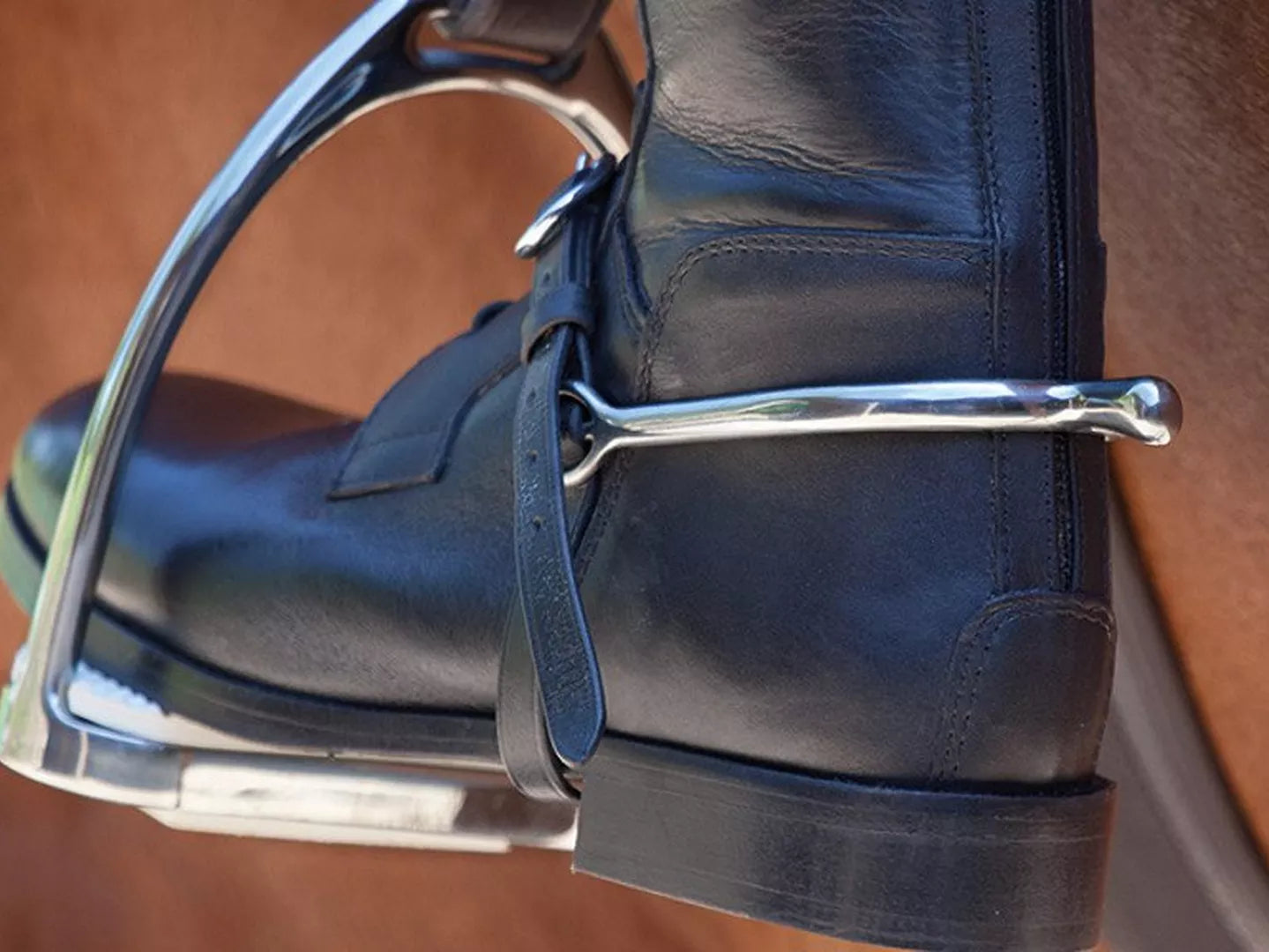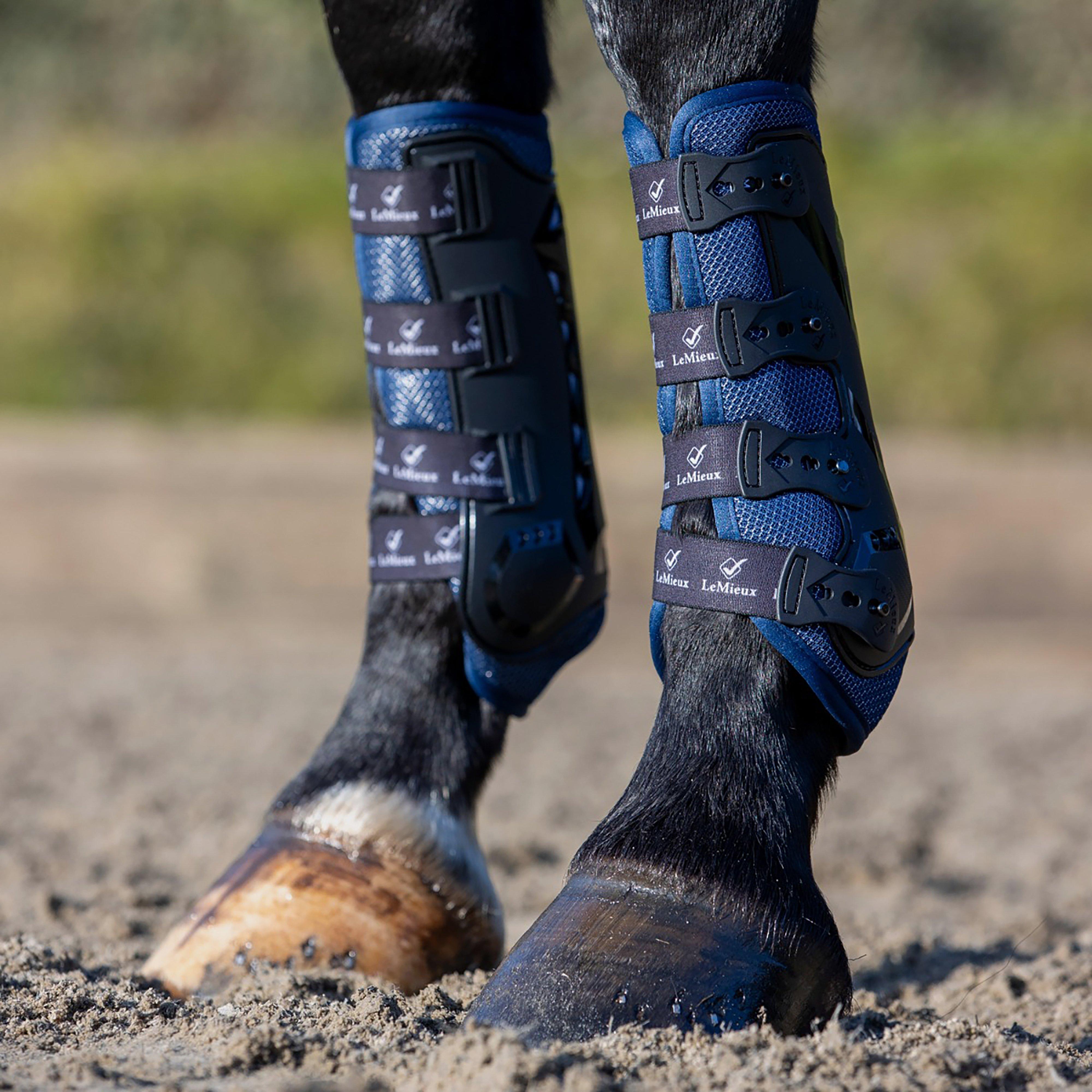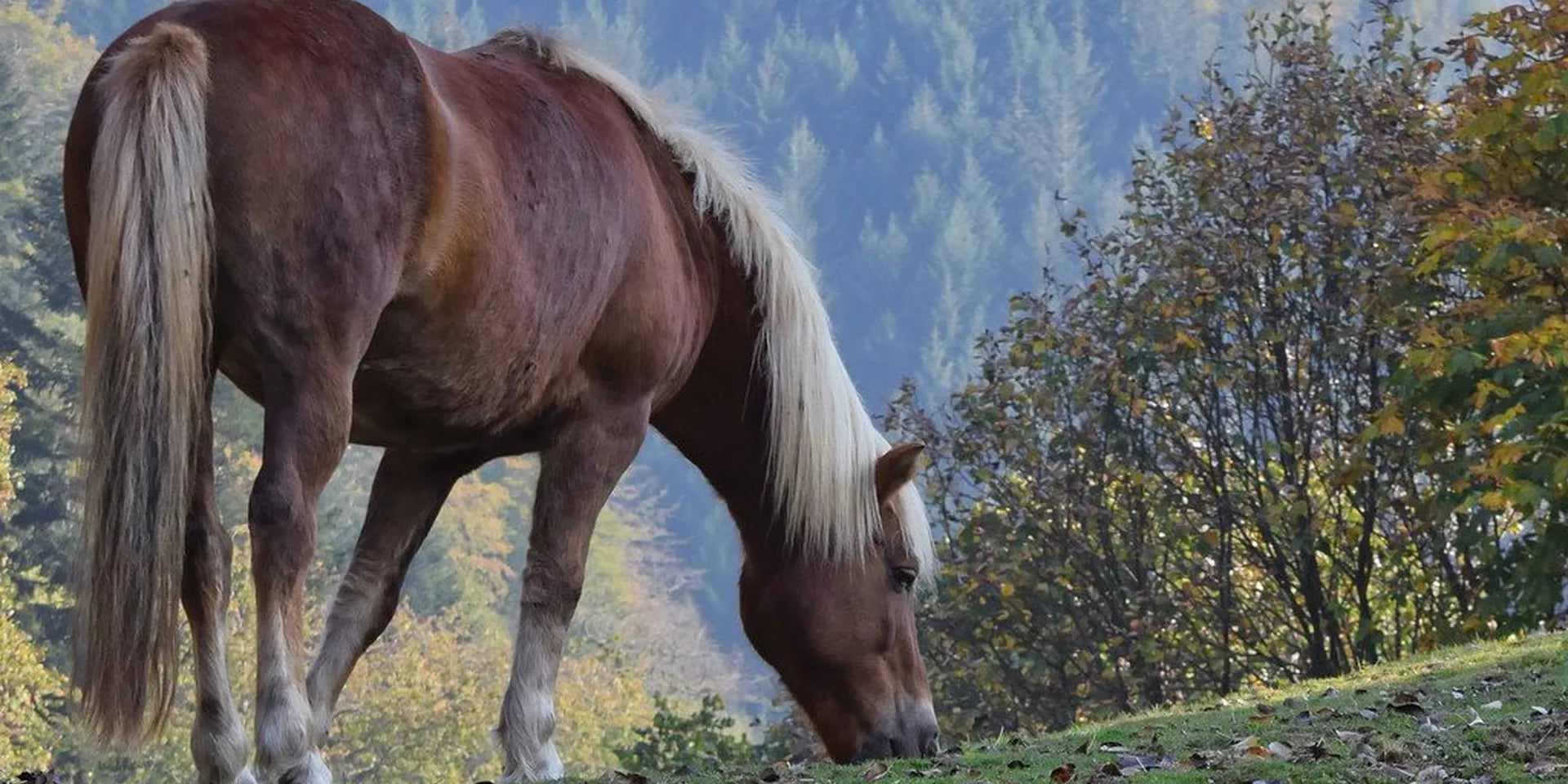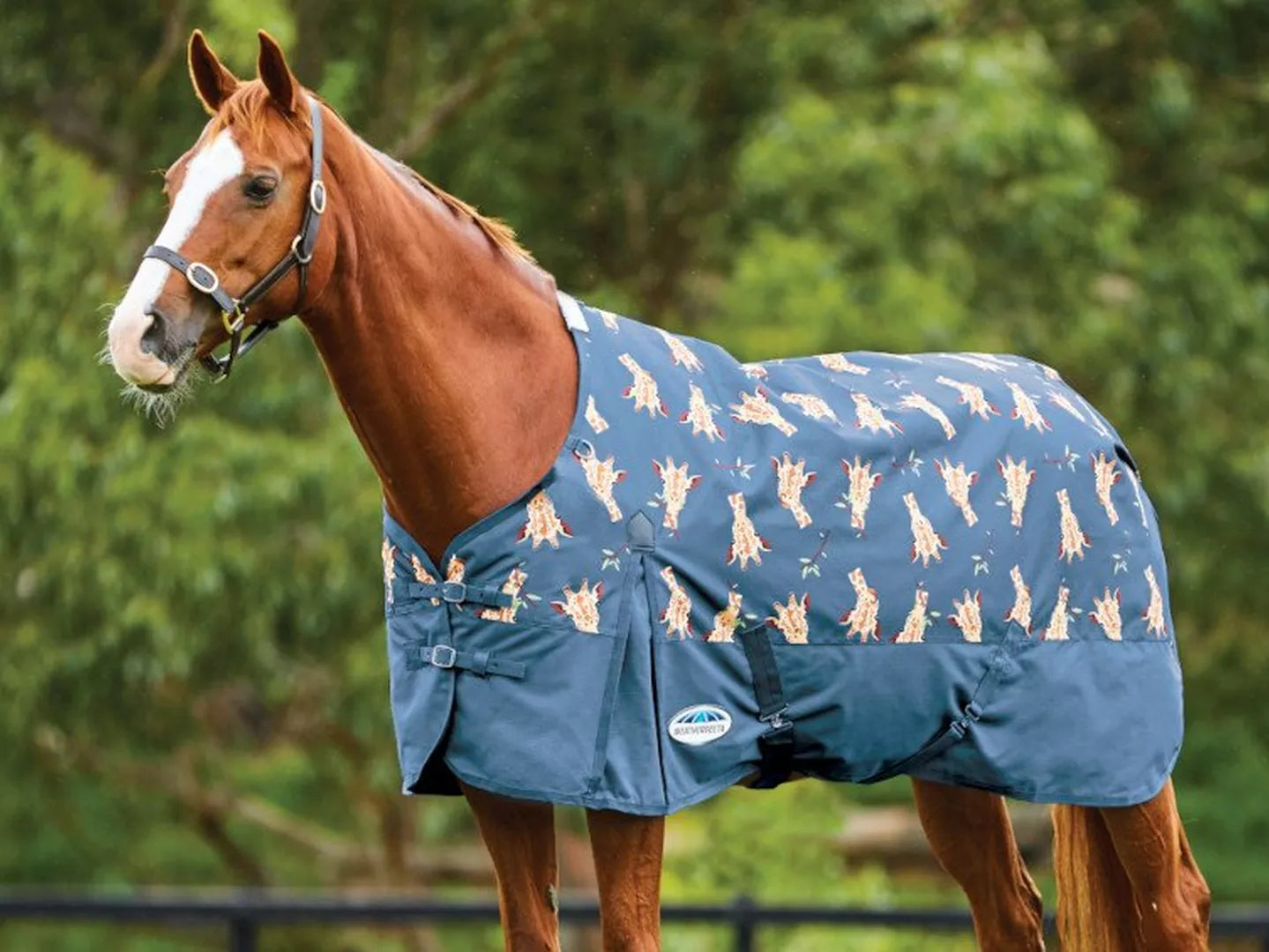Common Horse Hoof Problems – Our Guide
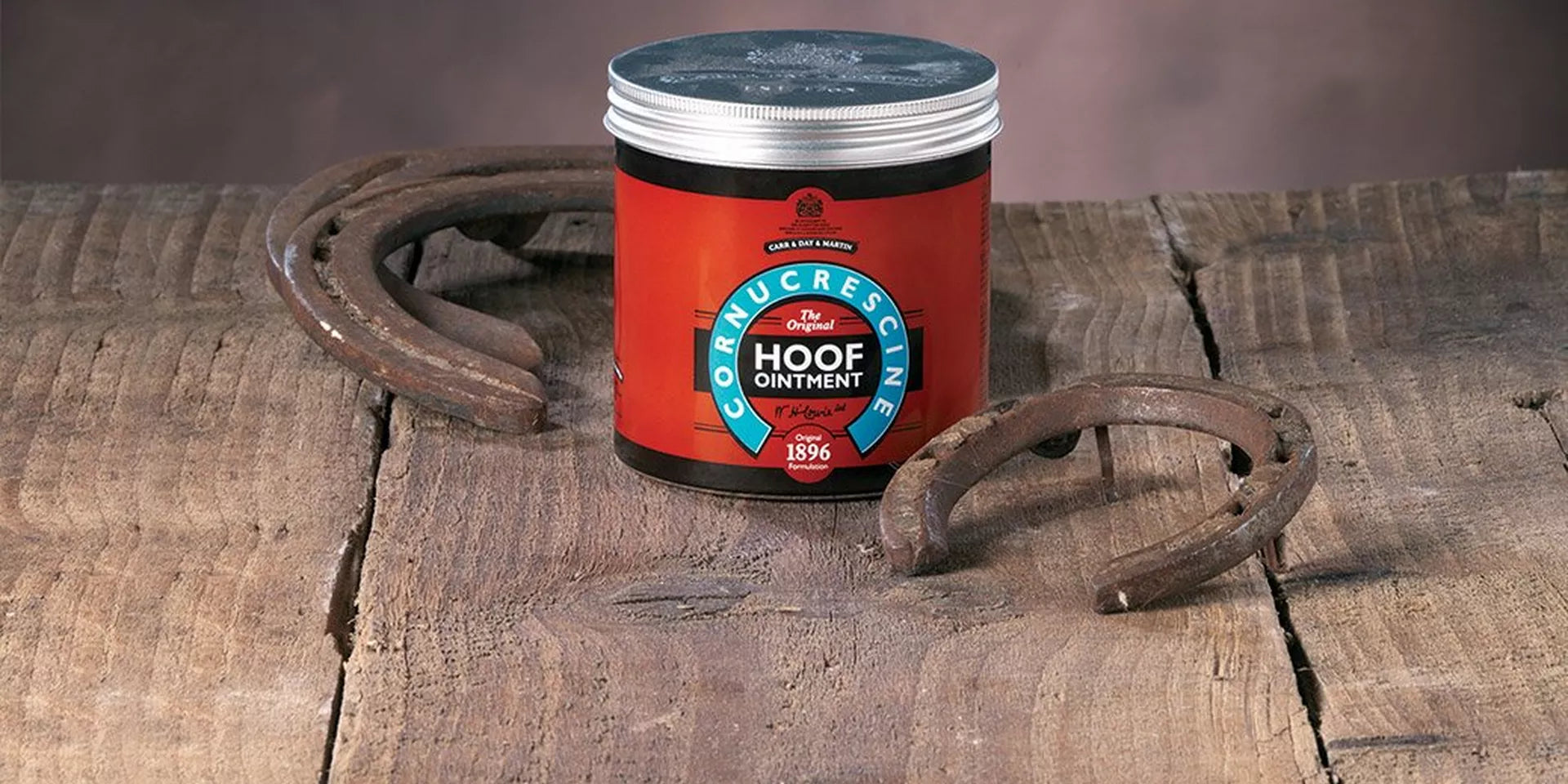
Hands up if you’ve heard the age old saying, no hoof, no horse. While it may seem like a bit of a cliche, that doesn’t make it any less true! Hoof care is a vital part of ensuring that our horse’s stay happy and healthy. Sadly though, the hooves are susceptible to a whole host of issues, which if left untreated can cause lameness, pain and even permanent damage. So, it’s extremely important to keep up with regular routine care. Here we’re going to be taking a look at some common hoof ailments, as well as how to spot, treat and prevent them.
Horse Hoof Care
You don’t need us to tell you this, but here in Britain the weather is super unpredictable. This means that our horse’s hooves are constantly subjected to a cycle of wet and dry weather. Whilst they’re designed to adapt to these fluctuations, it’s hardly surprising that they can struggle to keep up. By nature, the hooves swell and soften with moisture, then dry and contract in the heat. Generally, lots of hoof issues occur during the summer. But that’s not to say we’re out of the woods in winter though, boggy fields, icy ground and prolonged stabling doesn’t do them any favours either. So, spotting the signs of hoof deterioration quickly is vital, helping us to diagnose and address any issues before they become big problems!
Common Hoof Concerns

Cracks
One of the most commonly occurring issues is cracks. These can be caused by extended periods of dry weather or by constant fluctuations between wet and dry. Horses with dry or brittle hooves are generally more prone to cracks, but it can also happen if they’re overdue a farrier visit or their diet is lacking in essential nutrients. There’s a few different types of crack, varying in severity…
Quarter Cracks
These occur on the side of the hoof, and can be the most aggravating of all hoof cracks to treat. They’re usually caused by conformation defects, trauma or poor farriery.
Grass Cracks
Typically, these start from the ground and move upwards. They’re usually pretty superficial and don’t penetrate deep within the wall. These can be a result of irregular trimming, poor nutrition or a lack of exercise.
Sand Cracks
These are often confused with grass cracks, but they are different, originating from the coronary band (at the top of the hoof) and extending downwards. Quick action is needed with these as it is the crack type most likely to cause lameness.
Toe Cracks
The least common type of crack, toe cracks are sometimes missed as they usually begin on the inside of the hoof. These aren’t visible until they reach the surface of the wall.
Treating Cracks
Some cracks are superficial, causing few problems. However, others can quickly worsen if not addressed. With this in mind, if you notice a crack in your horse’s hoof seek professional advice as there’s a potential for it to result in lameness, pain and infection.
Preventing Cracks
With proper care and good nutrition, cracks are avoidable. We’d recommend applying a product such as Carr and Day and Martin®Cornucrescine Hoof Barrier when turning out during wet conditions. This will prevent the hoof absorbing too much water. During hot weather, use Carr and Day and Martin®Cornucrescine Daily Moisturiser to prevent the hooves becoming dry and brittle. For a more intensive treatment, try Kevin Bacon’s Liquid Hoof Dressing with vegetable oils and laurel leaves. This penetrates the hoof for deep down nourishment, while defending against wet conditions and activating growth.



Healthy hooves start with a balanced diet. A good quality hoof supplement such as Equimins Hoof Mender Powder or Global Herbs HOOF can make a big difference. Containing nutrients such as biotin and zinc, they provide the building blocks for keratin, a strong substance found in nails, hair and horn, this makes up the wall of the hoof.



If your horse has brittle hooves, you may also want to have them trimmed more often. This will help to prevent flares and chipping, which can both lead to the more worrying condition, cracks.

Corns
Corns are often a result of bearing unequal pressure due to poor conformation or wearing a shoe that’s too tight. They generally form where the heel and bars meet. There’s two types of corns; dry or moist.
Dry – A dry corn resembles a red bruise. It occurs when the tubular horn fills with blood, a little like a blood blister.
Moist – A moist corn appears a yellowish colour. This is because serum is present.
Treating Corns
If your horse has a corn, always speak to your vet or farrier about the correct course of action. Generally, the first step in treating a corn is to remove the shoes. Your vet/farrier may pare the corn with a hoof knife to relieve pressure. Moist corns should be drained to remove the infection if they’re filled with pus. These are generally treated as if they were an abscess, so may require poulticing. Corn treatment takes time, your horse should be allowed to rest and recuperate before being turned out or worked.



Bruises
Just like our skin, our horse’s hooves can bruise. A horse with a bruised hoof can show varying degrees of lameness. Some will only be sore on uneven or rocky surfaces, while others may be consistently lame. A sole bruise can show up as a visible mark, but they’ll usually show lameness or sensitivity before the bruise actually appears. In some cases, the bruise may not be severe enough to cause lameness, but may still result in discomfort or pressure sensitivity.
There are various reasons as to why a horse may have hoof bruises, which include regular work on hard surfaces, stepping on a stone or foreign object, improper farriery, thin soles or flat feet. Left untreated, a simple bruise can become a more serious abscess.
Treating Bruising
If your horse is showing signs of bruising, soak their feet in cool water. This can encourage vasoconstriction, reducing the amount of blood rushing to the area. In more severe cases, it’s best to call a vet or farrier. A vet may proscribe an anti-inflammatory medication such as Bute, while your farrier can advise on care of the hoof.
Preventing Bruises
One of the most effective ways to prevent bruising is to be super diligent about picking your horse’s feet out. This should really be done at least twice a day to remove any rocks that may be stuck. You may also want to use a hoof hardener, Keratex Hoof Hardner or NAF Profeet Rock Hard are great options. These should be applied daily for approximately 7 days and weekly thereafter.



If you have regular problems with bruising, your farrier may suggest a remedial method of shoeing and/or the use of various boots (e.g. brushing or overreach) to prevent your horse from striking their hooves against each other. It may also help to limit road work, building back up gradually as the hooves adapt.

Abscesses
A hoof abscess is a pocket of infection, which can start with a puncture wound or a misplaced shoe nail. The hole allows bacteria to enter the hoof, where it thrives in the warm, dark environment. The resulting collection of bacteria, white blood cells and dead hoof tissue puts pressure on the sensitive structures of the hoof, causing pain.
Abscesses are possibly one of the most painful and adverse conditions in the hoof. They’re typically characterised by sudden-onset, severe lameness.
Treating An Abscess
If you suspect that your horse has an abscess, call your vet or farrier straight away. They will pare away the hoof to reveal and drain the abscess, confirming the diagnosis. If left untreated, the abscess may erupt on its own through the sole of the hoof or at the coronary band, which is generally far more damaging. Once the abscess has been drained, the key is to keep the area clean to avoid re-infection. The hoof should be soaked in a solution of Epsom salts and warm water to help draw out any remaining bacteria. It will then require poulticing, for ease we’d suggest using a NAF Naturalintx Hoof Poultice and a Woof Wear Medical Hoof Boot over the top to protect the dressing and keep it clean. Your vet may also suggest an anti-inflammatory medication to help manage the pain.
Punctures
During the warm summer months, we tend to spend far more time out hacking. Sadly though, this means there’s a much greater risk of foreign objects on the ground, which may pierce our horse’s hooves. The most important message here is don’t pull the object out. Always call your vet straightaway, they will come to you on an urgent visit to take an X-ray of the hoof. This will show how far the object has penetrated and which structures are involved. The punctured hoof needs to be protected, with the foreign object staying put until your vet can come out and assess the damage. While you’re waiting for the vet to arrive, pack the hoof to ensure the object is not driven deeper. Treatment for punctures is case specific, so your vet will advise the best steps from here!

Have you ever encountered one of these common hoof issues? Let us know! Don’t forget, if you make a purchase share your pictures with us in the comments or include #NaylorsSnapAndShare on your social posts for the chance to win a Naylors gift card!
